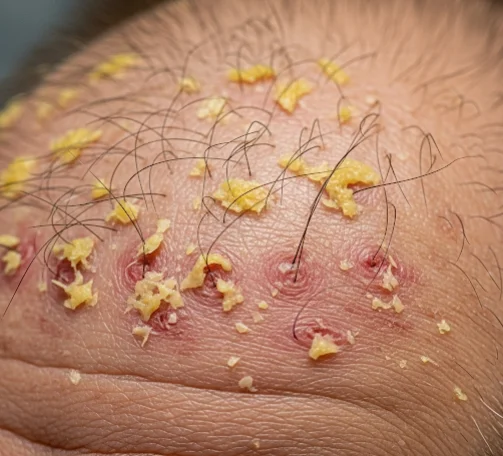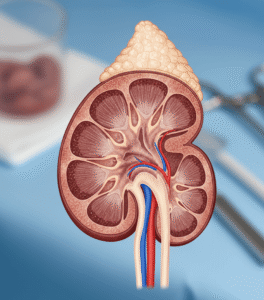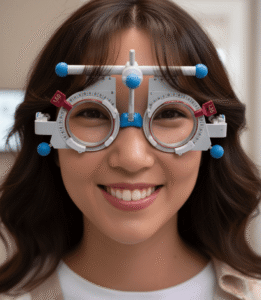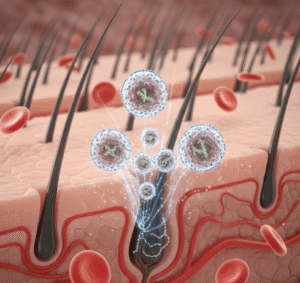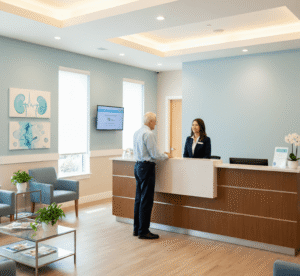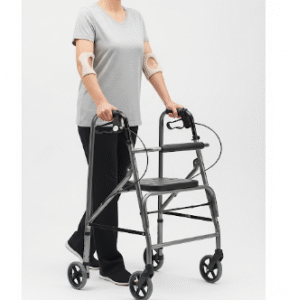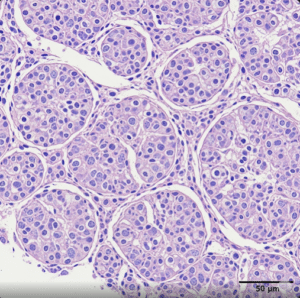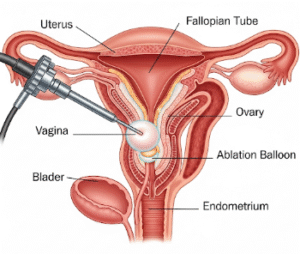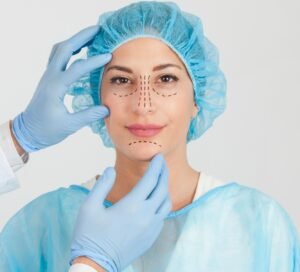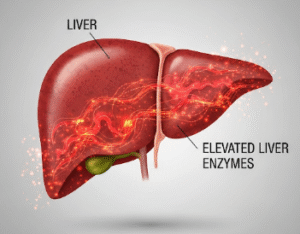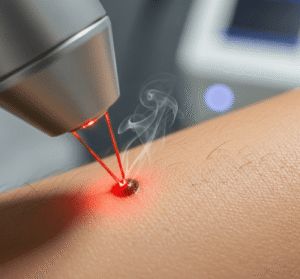🟢 What it is
Seborrheic Dermatitis (SD) of the scalp is a chronic inflammatory skin condition characterized by redness, itching, flaking, and greasy or yellowish scales on the scalp. It is caused by an overgrowth of Malassezia yeast combined with factors like sebum overproduction, stress, hormonal changes, and a sensitive immune response.
Unlike simple dandruff (which is mild scaling), seborrheic dermatitis may cause persistent irritation, visible inflammation, and sometimes hair shedding due to follicle stress. In Korea, it is treated as both a scalp health and hair preservation issue, since ongoing inflammation can weaken follicles.
🟢 Why it’s Treated in Korea
Patients in Korea seek treatment for seborrheic dermatitis because:
➡️ Persistent flaking and itching cause discomfort and embarrassment.
➡️ Chronic inflammation can contribute to hair thinning and telogen effluvium.
➡️ Improved scalp health supports stronger hair growth.
➡️ Flare-ups worsen with stress and weather changes, requiring ongoing care.
➡️ Aesthetic importance in Korea: Clear, healthy scalp is seen as essential to maintaining beautiful, dense hair.
🟢 Alternatives & Therapies in Korea
🔹 Medical Treatments
- Antifungal shampoos (ketoconazole, ciclopirox, zinc pyrithione): Control yeast overgrowth.
- Topical corticosteroids (short-term): Reduce inflammation and redness.
- Calcineurin inhibitors (pimecrolimus, tacrolimus): Non-steroidal anti-inflammatory options.
- Salicylic acid shampoos: Exfoliate thick scales.
🔹 Regenerative & Supportive Therapies
- Scalp scaling & detox: Korean clinics specialize in deep cleansing with AHAs, BHAs, and herbal rinses.
- Hydrating scalp treatments: HA, peptides, or PN injections to reduce irritation and repair barrier.
- LED light therapy (blue/red): Reduces inflammation and soothes scalp.
- Probiotic scalp serums: Balance the microbiome, a growing trend in Korean dermatology.
🔹 Lifestyle & Maintenance
- Stress management: Flare-ups are strongly stress-related.
- Seasonal care: Humidifiers in winter, oil-control care in summer.
- Gentle Korean shampoos: Sulfate-free, pH-balanced formulas with herbal extracts (e.g., ginseng, green tea).
🟢 Preparation
Before starting treatment in Korea:
➡️ Dermatology consultation: To confirm SD and rule out psoriasis, eczema, or fungal infection.
➡️ Scalp analysis: Using magnified imaging to check scaling, redness, and follicle health.
➡️ Medical history: Including flare-up triggers (stress, diet, climate, hormones).
➡️ Expectation setting: SD is chronic and relapsing, but symptoms can be controlled.
🟢 How it’s Done (Korean Clinical Care Program)
- Acute phase management:
- Antifungal shampoo (2–3x per week) + medicated lotion.
- Short course of topical steroids for inflammation (if severe).
- Supportive in-clinic treatments:
- Monthly scalp scaling/detox sessions to remove buildup.
- Hydrating scalp packs to restore barrier.
- LED or oxygen therapy for anti-inflammatory effects.
- Maintenance phase:
- Switch to mild Korean herbal shampoos between flare-ups.
- Use antifungal shampoo once weekly for prevention.
- Incorporate topical probiotics or PN boosters for scalp repair.
🟢 Recovery
Seborrheic dermatitis is manageable but not permanently curable. With proper care:
🔹 1–2 weeks: Flaking and itching reduce with antifungal shampoos.
🔹 4–6 weeks: Scalp inflammation calms and redness fades.
🔹 Ongoing: Maintenance keeps flare-ups mild and less frequent.
✅ Post-care advice in Korea:
- Avoid scratching scalp to prevent follicle damage.
- Use lukewarm water, not hot, when washing hair.
- Rotate shampoos to prevent resistance.
- Eat a balanced diet (zinc and omega-3 rich foods).
🟢 Complications
If untreated, seborrheic dermatitis can cause:
⚠️ Temporary hair shedding: Due to follicle inflammation.
⚠️ Chronic irritation: Leading to scalp sensitivity.
⚠️ Secondary infections: If scratching breaks the skin.
⚠️ Psychological stress: Due to visible flaking and redness.
➡️ Korean dermatologists minimize complications with early diagnosis, personalized scalp programs, and medical-grade antifungal products.
🟢 Treatment Options in Korea
Korean clinics typically offer multi-step care:
- Mild cases: Antifungal shampoo + scalp scaling program.
- Moderate cases: Add mesotherapy (PN, HA, peptides) + LED soothing therapy.
- Severe/recurrent cases: Medical antifungals + regular detox + regenerative boosters.
Korean scalp clinics also integrate beauty-focused solutions, offering scalp facials with herbal infusions to combine medical efficacy with cosmetic scalp health.
🟢 Final Thoughts
Seborrheic Dermatitis of the scalp in Korea is managed with a comprehensive, layered approach: antifungal therapy for yeast control, regenerative treatments for scalp repair, and maintenance with gentle Korean scalp care.
➡️ Best results come from ongoing management, not just one-time treatment.
➡️ Korea emphasizes combination care—medical + scalp spa programs + lifestyle modifications.
➡️ This results in healthier scalp, reduced shedding, and improved confidence.
In summary: Seborrheic dermatitis scalp care in Korea blends dermatology expertise with advanced scalp programs, offering a holistic and effective way to control symptoms, protect follicles, and maintain a healthy foundation for strong hair growth.

